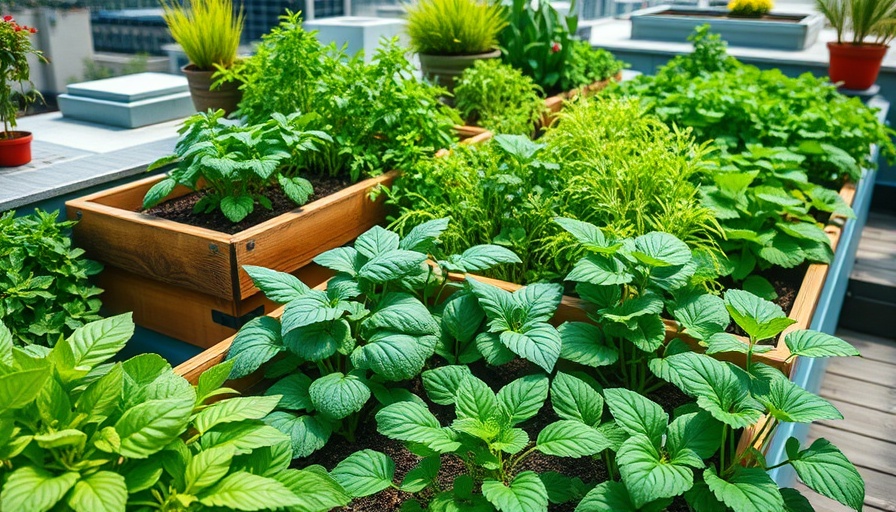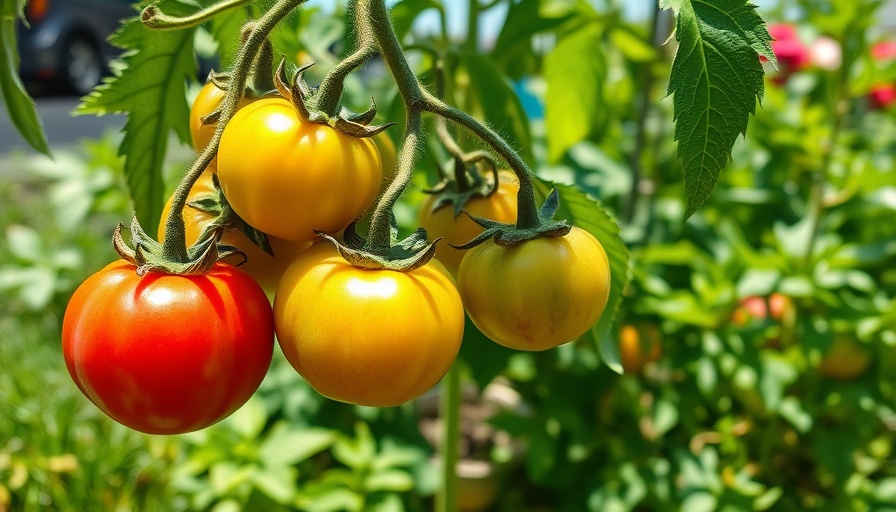
Transform Your Rooftop: Benefits of a Vegetable Garden
As urban and suburban living spaces become more compact, the idea of a rooftop vegetable garden may sound appealing. You can transform an unused rooftop into a flourishing green oasis that not only provides access to fresh produce but also beautifies your living environment. Rooftop gardens promote sustainability, help insulate your home, and offer a tranquil space for relaxation.
Making the Most of Your Rooftop Space
Why settle for simply staring at the skyline when you can cultivate a garden? Rooftop gardens are more than just a trend. They utilize often-overlooked space effectively while contributing positively to the environment. Some key benefits include:
- Access to Fresh Produce: Growing your organic vegetables and herbs can significantly reduce the need for trips to the grocery store.
- Temperature Regulation: Roof gardens provide cooling insulation, lowering temperatures in the summer months and contributing to energy savings.
- Environmental Impact: These gardens help to mitigate stormwater runoff and improve air quality.
- Personal Sanctuary: Your rooftop can become a peaceful and private green space, perfect for relaxation or entertaining guests.
Assessing Your Roof: Is It Garden-Ready?
Before diving into planting, it’s crucial to evaluate your roof's structure and sunlight exposure. Not every roof can support a vegetable garden, but many can be made suitable with proper planning. Consider the following:
- Structural Load: Have your roof inspected by a professional to ensure it can support the additional weight of containers, soil, and water.
- Sunlight: Most vegetables require around 6 to 8 hours of sunlight daily, making south-facing roofs ideal for this purpose.
- Wind Protection: Rooftops are often prone to higher wind speeds; using fencing, trellises, or taller plants can provide the needed shelter for tender crops.
- Access Points: Make sure the rooftop is easily accessible for carrying materials and harvesting produce.
Choosing Containers and Soil for Success
Containers play a critical role in the success of your rooftop garden. Opt for lightweight, durable containers that allow for good drainage. Some popular choices include:
- Fabric Grow Bags: These are lightweight, breathable, and perfect for urban gardening.
- Food-Grade Plastic Pots: Available in various sizes and shapes, these pots ensure ease of use and flexibility in layout.
- Wooden Planters: Be sure to line these to prevent rot, maximizing their lifespan.
For soil, use specially formulated lightweight potting mix rather than regular garden soil. Look for options that retain moisture while allowing for drainage, and supplement with compost or organic fertilizers for nutrient enrichment, essential for healthy vegetable growth.
Your Rooftop Garden Awaits
Once you’ve evaluated your rooftop and selected the right containers and soil, it’s time to choose the vegetables that will thrive in your new garden. Focus on compact or dwarf varieties to maximize space and yield. Gardening on rooftops is not merely a luxury—it’s a step towards sustainability and self-sufficiency in your diet.
Adapt the techniques mentioned here for your particular living situation and watch your rooftop transform into a lush and productive garden space. Furthermore, engage with professionals for a consultation to help bring your vision to life and make your rooftop the envy of your neighborhood.
 Add Row
Add Row  Add
Add 




 Add Row
Add Row  Add
Add 

Write A Comment